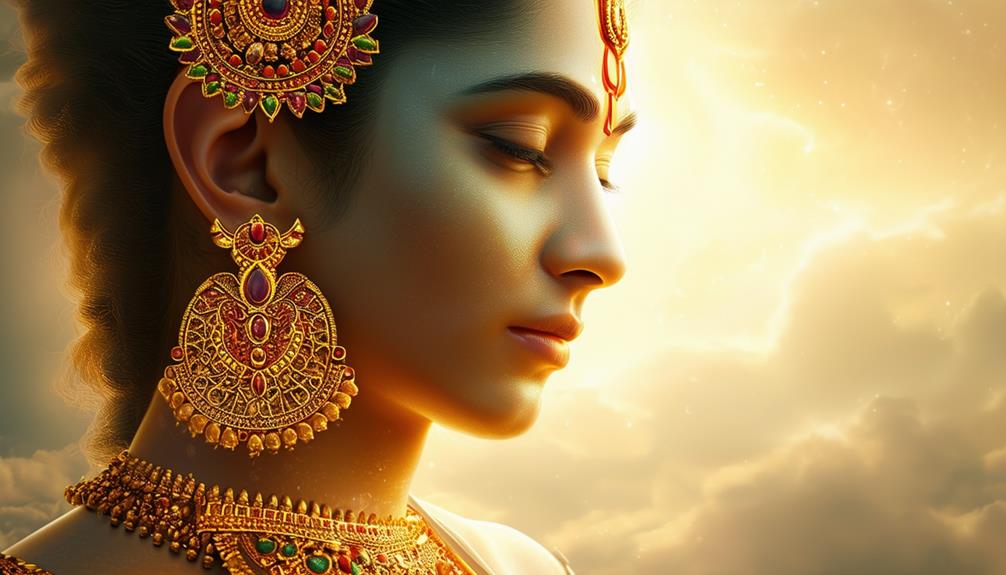The Story Behind The Coveted Creations They Make At A Hair Braiding Salon

One of the most universal and traditional hairstyles throughout history is braids, used for casual looks and special occasions.
Its origin dates back to 3500 B.C., and over the years, it has evolved, and its shapes and styles have been reinvented. Braids have been a symbol of social status, religion, and identity in various ethnic groups.
In the Egyptian civilization, braids were a symbol of social status. Women of the upper strata added braided extensions to their hair, and men, as a divine symbol, wore them in their beards. In Greece, high society women wore their hair very long and braided, unlike the slaves, who had to wear their hair short.
The Celts and Vikings also used this traditional hairstyle; both men and women braided their hair, women of high social status added metallic accessories to their hairstyles to show superiority.
During the Middle Ages, women covered their hair but always wore it up in perfectly combed braids. In Europe, it was a recurring hairstyle worn by royalty.
But the tradition of braiding hair originated in Namibia, Africa, and was a common practice among women to distinguish themselves from other tribes in the area. The art of braiding hair was passed down from generation to generation, and through it, the age and caste to which one belonged were distinguished; it also became an act of coexistence due to the time it took to finish the hairstyle. Historically, braids could express religion, familiarity, status, age, and ethnic composition, among other attributes.
Hair braiding has deep roots from its origin in Africa, through the days of slavery, and into today’s popular culture and hair braiding salon, sewn braids have long been associated with the African and African-descended community. But many don’t realize how deep those roots run.
When people from Africa were brought to the New World as slaves, they initially faced a loss of identity. As they made the “Middle Passage” (that’s what they called the journey from Africa to America), their heads were often shaved for sanitary reasons. But the hair grew back, and along with it, the culture.
In slavery, many Africans brought back braids to stay connected to their heritage and assert their independence. The style also fits the requirement that their hair is clean and well-groomed while working on the plantations. But it was not without improvisation. They had no combs or herbal treatments traditionally used in Africa, so slaves relied on bacon grease, butter, and kerosene to clean and condition their hair.
Around the time slavery was abolished, black women in America tended to straighten their hair. Even though they were free, these women still needed to strive to fit in, and having “good” hair was one way to do so. Women with straight hair, like white women, were considered well-adjusted and were more accepted. At the same time, many younger girls were able to continue the tradition of sewn braids.
In the 1950s, braids have a resurgence. At the same time, the Afro was becoming popular for people of African descent in America. With race relations on the way to becoming a sensitive issue, black artists, schoolchildren and activists began to look for African styles to style their hair, coming to symbolize a movement. In 1972, actress Cicely Tyson wore an intricate Nigerian braid during a television appearance. In the following decades, stitched braids had become the symbol of hip-hop culture, so many artists and athletes began to flaunt the style.
Today, the care and maintenance of black hairstyles have become a multi-million dollar industry, so it is not unusual to find hair braiding salons specializing in sewn braids and curls.


